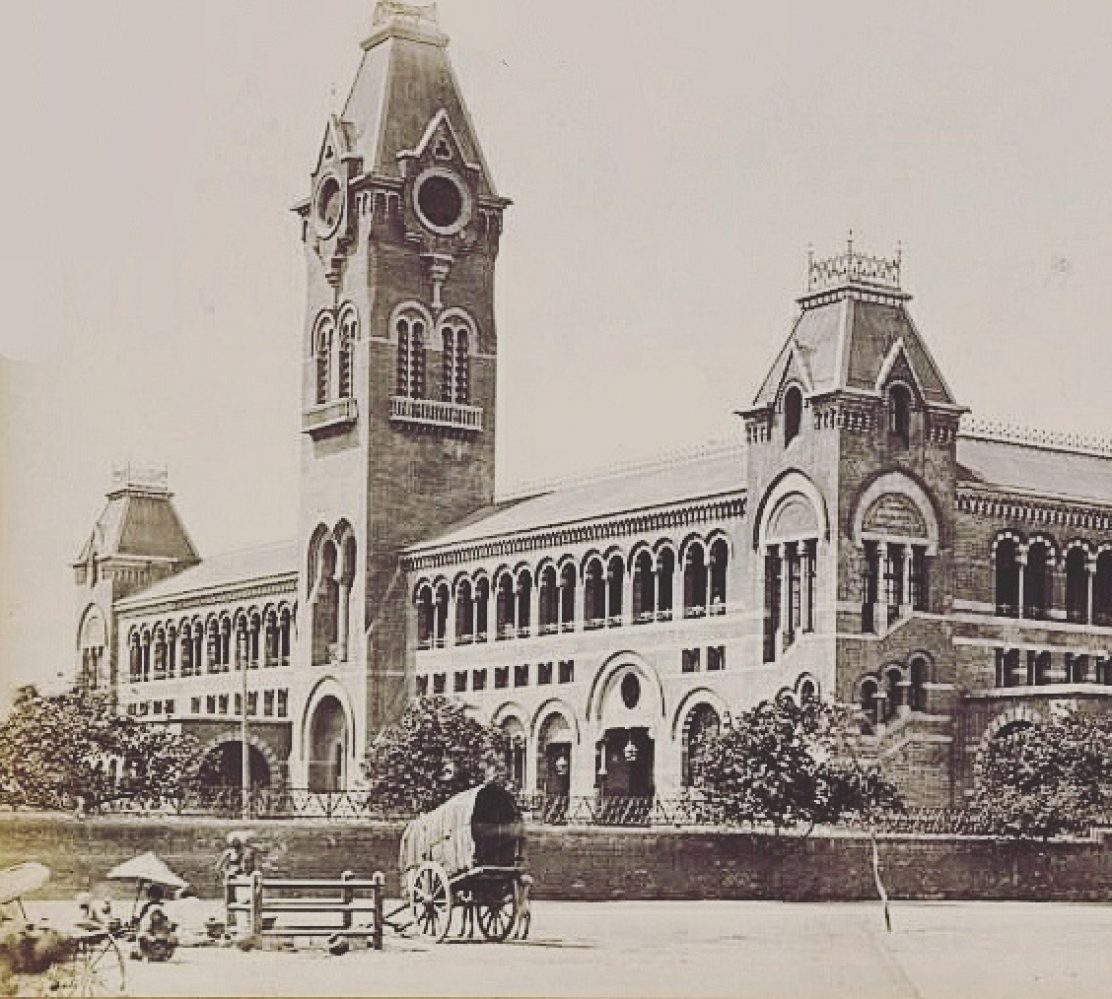Valluvar Kottam in Nungambakkam was constructed as a tribute to ancient Tamil poet and philosopher Thiruvalluvar. Valluvar Kottam was the conception of then chief minister M. Karunanidhi and it was inaugurated on April 15, 1976.One of the stunning features of this complex is the 101 feet tall magnificent granite chariot weighing around 2700 tonnes. There is a life-size statue of Thiruvalluvar seated in the chariot, is the replica of the famed temple chariot at Thiruvarur. The bottom portion of the chariot is sculpted in bas relief and depicts the 133 chapters of Thirukkural. More than 3000 blocks of granite from Thiruvannamalai were used in the construction of this structure. There is also a central auditorium which can seat upto 4000 people. It was supposed to be the biggest in Asia at the time of construction. The Thirukkural’s 133 chapters and 1,330 verses are immortalised by being inscribed in the 133 pillars in the second-level corridor above the hall. On its roof is a terraced garden with two large pools in which one can observe the reflection of the chariot. The entire construction was orchestrated by acclaimed Architect Ganapati Sthapati who incidently also constructed the Thiruvalluvar statue in Kanyakumari.
The once majestic complex is now a sorry state of affairs owing to a variety of political and financial reasons. The valluvar kottam thrives on the meagre allowances which come from the handicrafts and clothes exhibitions. It is saddening that a monument for one of the greatest poets of tamilnadu is left unattended. It is high time we set aside political differences and revive Valluvar Kottam as the art and culture stronghold it was meant to be.
Source: Madras Rediscovered | The Hindu


